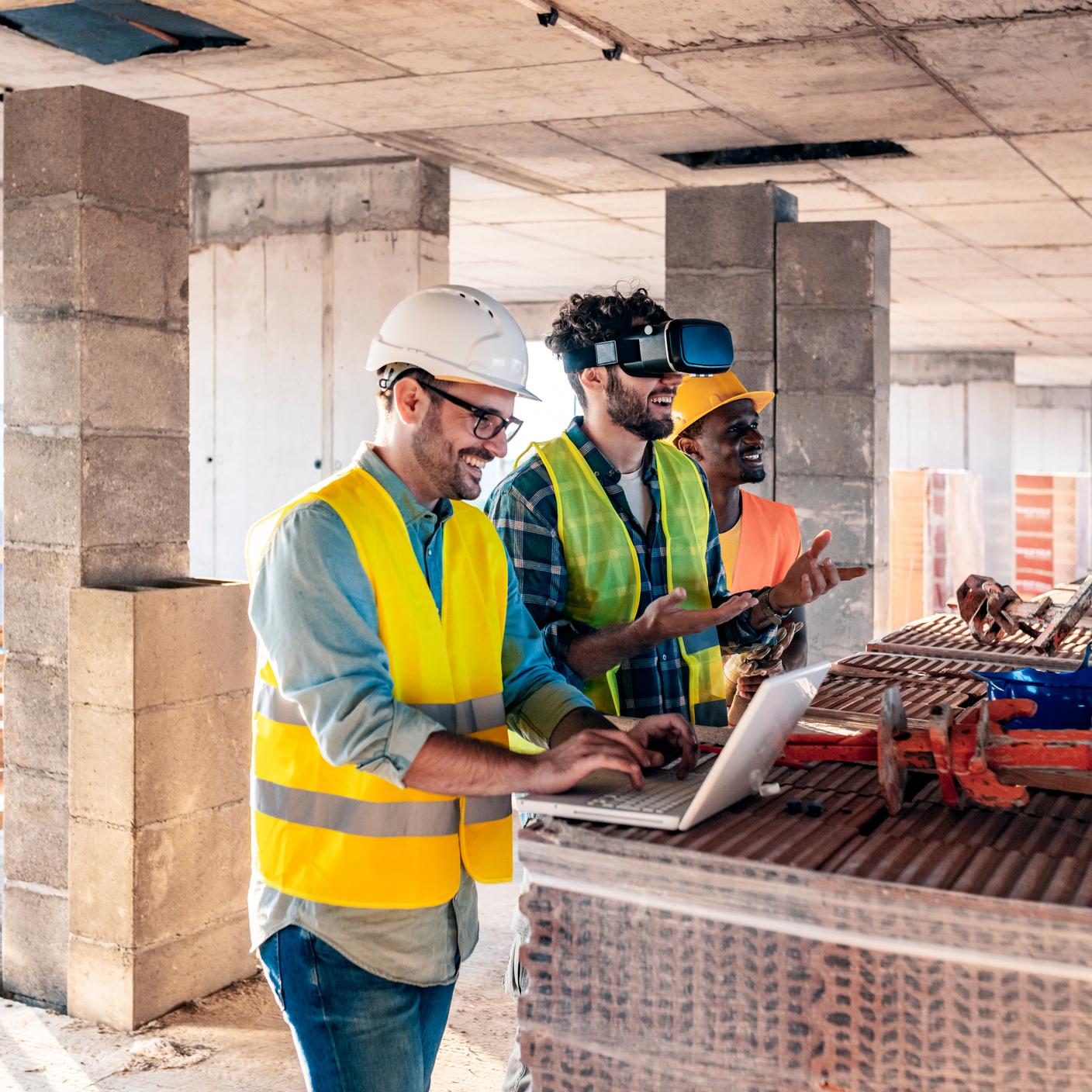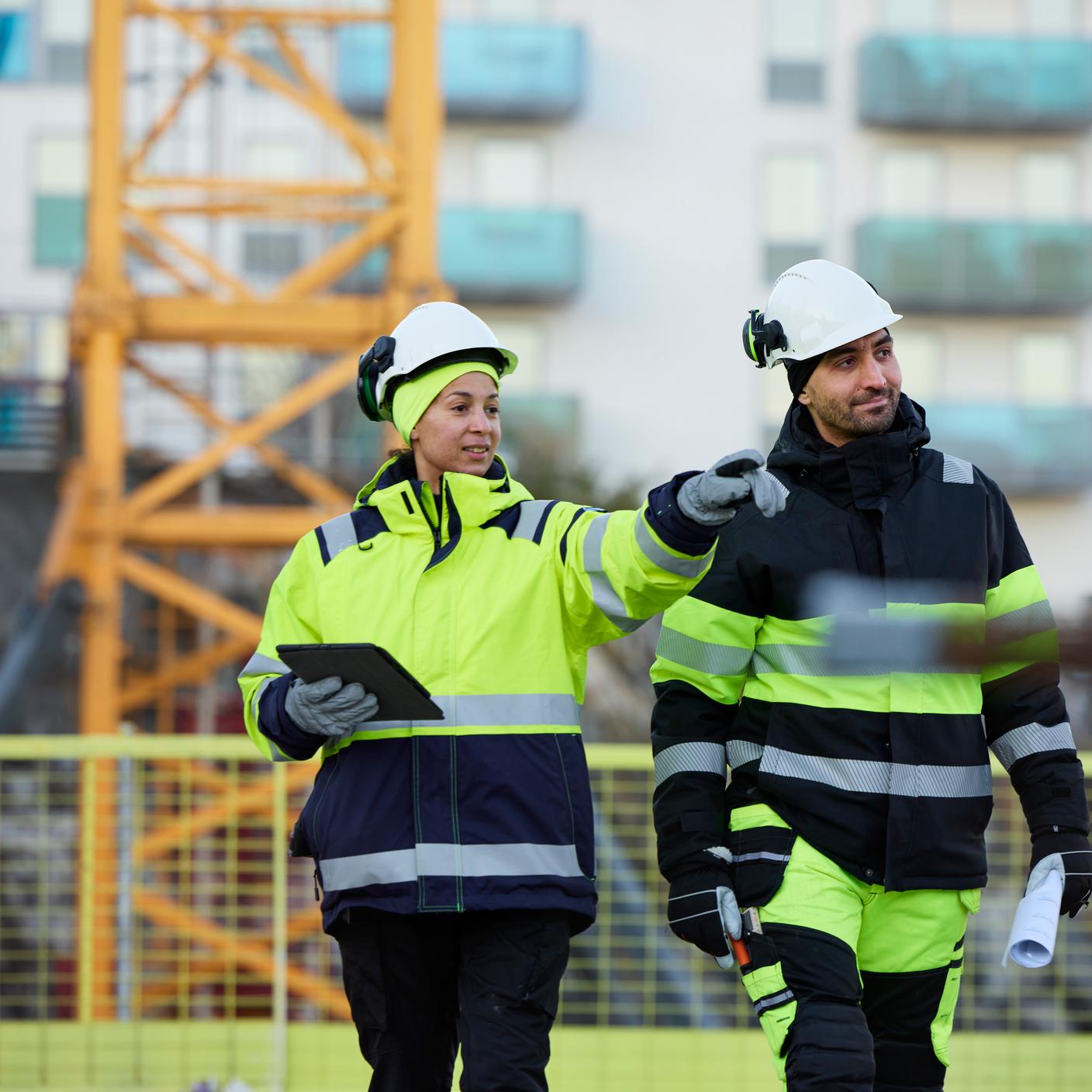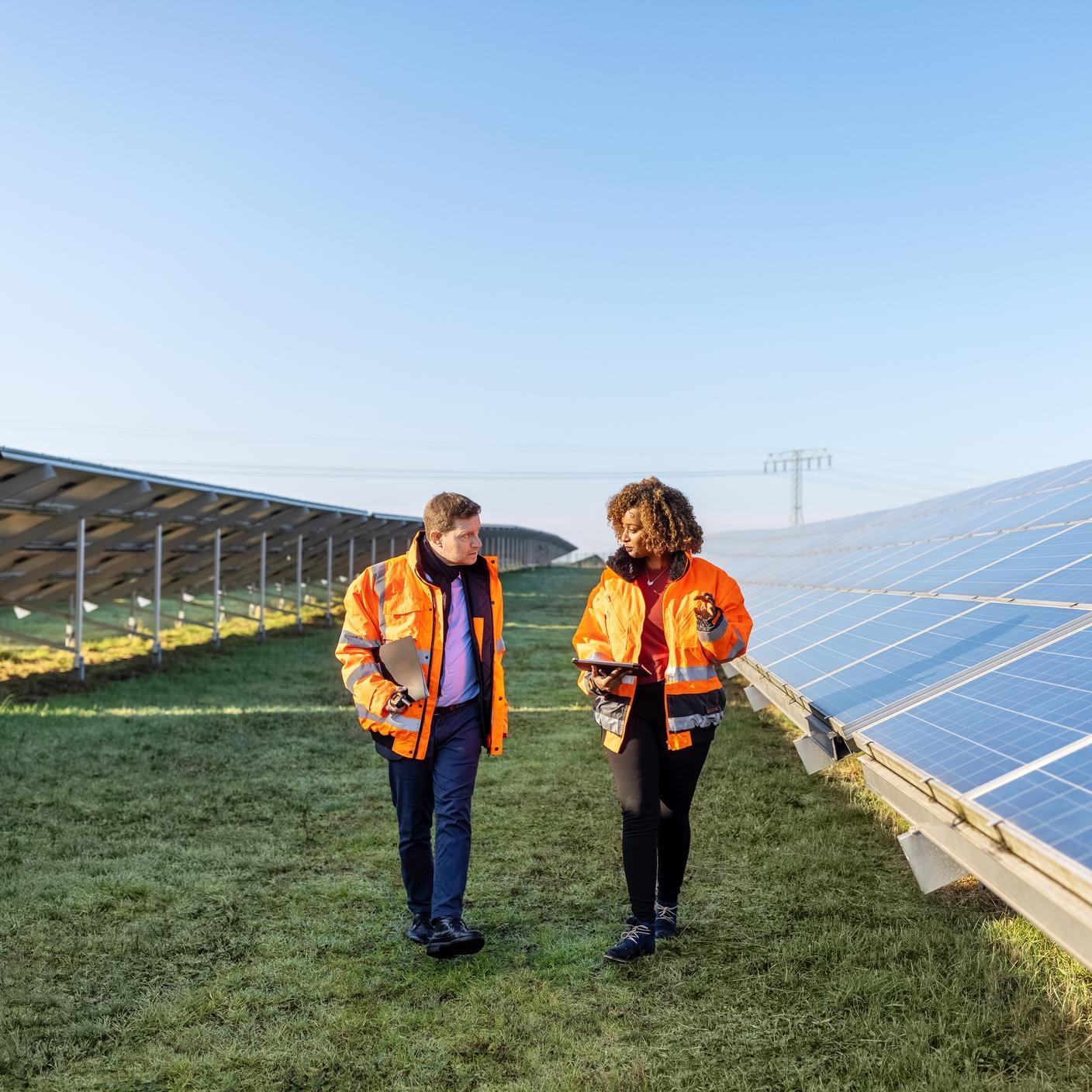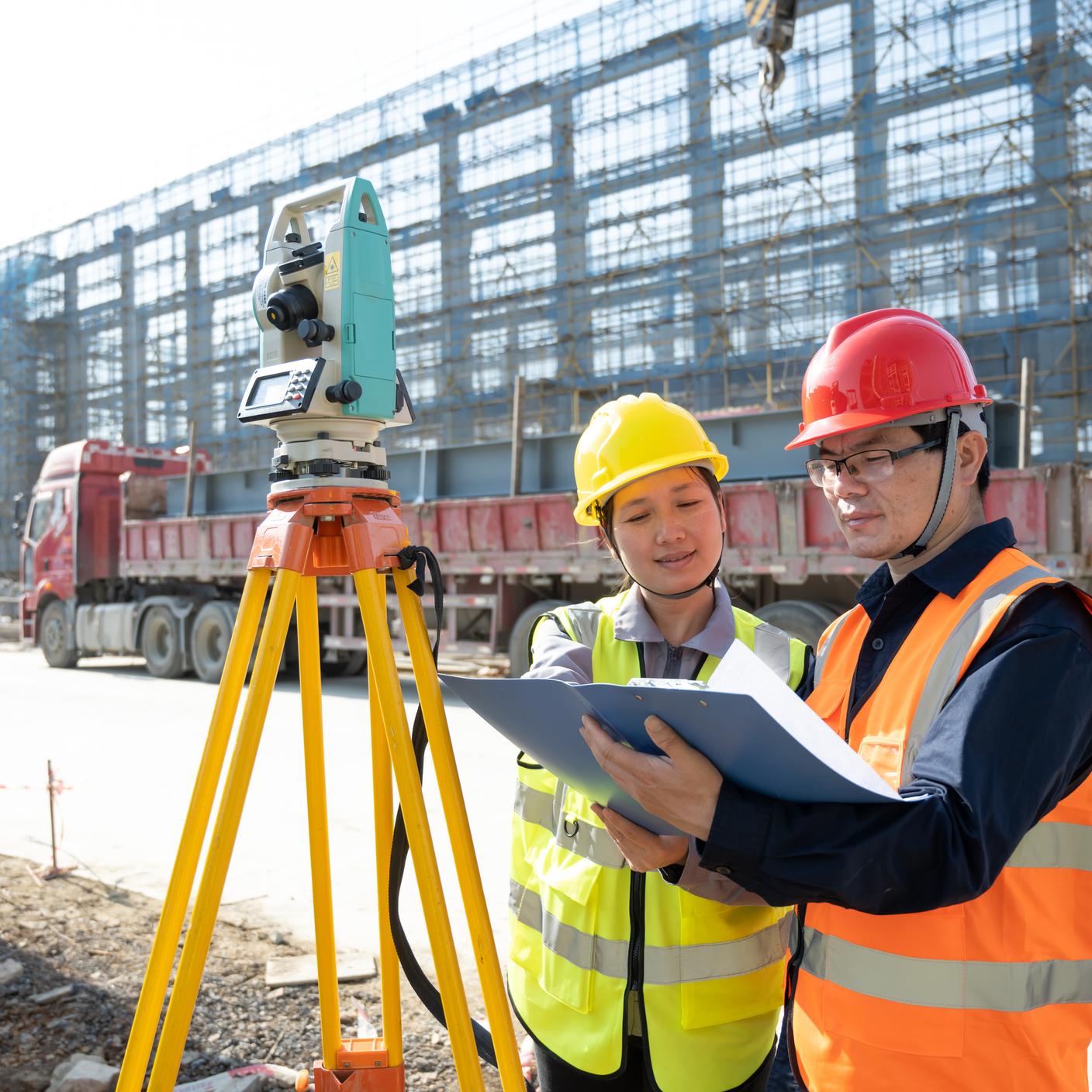Digital trends in the built environment
Staying ahead of industry disruptions and grasping their mechanics can hold immense value, especially in swiftly changing sectors like the built environment. Being open to adopting new technologies and processes can also position organizations as leaders in the field.
The built environment refers to the entire lifecycle of constructed assets – from design and construction to operation and decommissioning.
From the realm of machine learning to the realm of satellite monitoring, digital technologies are increasingly becoming an integral part of the built environment. These advancements offer significant opportunities for addressing global challenges such as the climate crisis and urbanization.
Digital built environment technologies include machine learning, AI, virtual reality, augmented reality, cybersecurity, building information modelling (BIM), smart cities, IoT, wearables, exoskeletons, drones, and 3D printing, among others. Let's explore the major digital technologies shaping the industry today.
AI and machine learning in construction and beyond
Artificial Intelligence (AI) refers to software with the ability to make intelligent decisions, while machine learning represents a branch of AI that learns from data using statistical techniques.
The realm of AI is increasingly permeating diverse manufacturing and construction processes, facilitating predictions of upcoming challenges and enriching strategic decision-making.
In construction and the built environment, this technology offers a unique opportunity to harness insights gleaned from past projects or system data, thereby identifying potential risks pertaining to your constructed assets. This encompasses areas such as weather and climate forecasts, advanced safety monitoring, and accurate budget projections.
Merging the real world with the virtual realm
The metaverse is an intriguing digital realm that combines VR and AR headsets with 3D modelling technologies, seamlessly merging the real world with the virtual realm.
With fewer physical constraints, this digitally crafted space holds the potential to inspire more innovative concepts regarding the aesthetics, functionality, and purpose of future built environments.
VR technology empowers architects and engineers to vividly present a structure's design. Instead of presenting clients or stakeholders with a 2D or even 3D blueprint, they can now virtually explore the building themselves.
This interactive platform could also serve as a tool to evaluate proposed public structures and spaces, allowing potential users to navigate the area more authentically, ensuring it's designed with people's needs in mind. Such testing can also aid in reducing revisions once construction begins, ultimately leading to potential cost savings, waste reduction, and heightened sustainability.
BIM will strengthen collaboration
Building information modelling (BIM) involves managing information throughout the entire life cycle of a constructed asset, from design to decommissioning.
BIM facilitates improved communication and information sharing across projects and teams by utilizing a virtual environment, ensuring the right information is available at the right time. This encompasses elements like 3D models, drawings, measurements, and performance metrics. Moreover, BIM enables data-driven decision-making and boosts productivity.
Additional benefits of BIM for organizations in the built environment include enhanced safety and error prevention. In certain countries, this technology is obligatory for securing government contracts.
By uniting a previously fragmented landscape, BIM connects building owners, designers, construction teams, facilities managers, and occupants through shared asset data. This connection holds the potential to result in safer, more efficient, and more profitable projects.
In one of our recent surveys, 81% of organizations in the sector have already invested or plan to invest in BIM within the next 12 months. Currently, 32% feel unprepared and lagging in meeting digital transformation standards.
Digital twins will revolutionize predictive maintenance
Advancements in cyber-physical technologies have given rise to digital twins, which are digital representations of real-world resources, whether in existence or intended.
What is a digital twin?
A digital twin is a digital representation of an observable element with a means to enable convergence between the observable element and its digital representation. (Flex 260 Standard)
Digital twin technology holds the potential to yield superior outcomes by facilitating enhanced insights and decision-making throughout the planning, execution, and management phases of a constructed asset.
This not only boosts productivity but also aids projects in attaining their net zero objectives. The capabilities of this technology are continuously evolving, making its future developments an intriguing prospect.
The present challenge revolves around harmonizing different twins, data, and technologies to collaborate seamlessly. For instance, ensuring that digital twins created by a construction firm can be readily understood by subcontractors.








